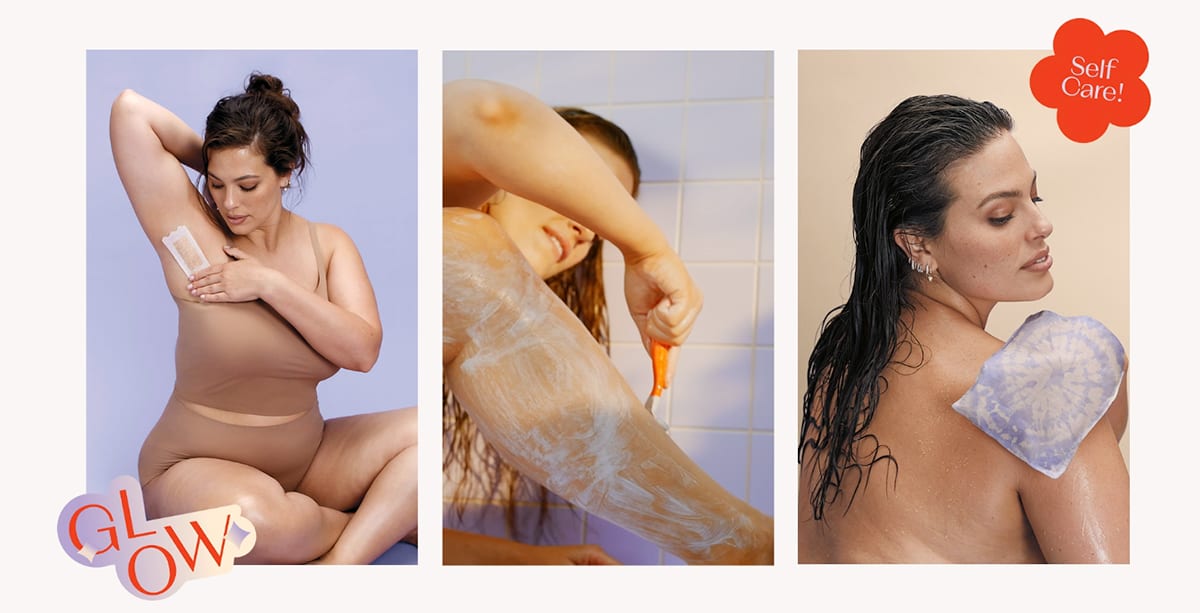Whether you’re leading a startup and building marketing from the ground up, or you’re a seasoned brand hitting the refresh button after a year and a half of navigating ambiguity and unexpected changes, your business will ultimately benefit from a well-defined marketing strategy. When you find yourself putting pen to paper on your marketing strategy, these three evergreen pieces of foundational marketing knowledge can help provide direction to the endless well of strategic possibilities.
Product: Understand your customers’ real needs — not what you think they need
Knowing precisely what your customer needs and what they want is paramount to offering a quality product or service. To continuously hit this moving target you will need to conduct marketing research and execute qualitative and quantitative studies of your target audience. When possible, the best thing to do is talk to your customers directly. Create an easily accessible funnel for feedback and make time to review it and make changes. The goal is to understand how the user discovered your product, the impression left on them and their reason for engaging, signing up, buying, or not. Products and services should solve a problem and meet the emotional and practical desires of your customer. Ultimately remember you are not your customer, and your customer is constantly evolving, as should your product in order to consistently deliver value.
Ex: Flamingo
Startup body care brand, Flamingo, is the female centric brand owned by Harry’s, a company geared towards DTC shaving solutions for men. Flamingo set themselves apart by marketing razors and DIY wax kits while simultaneously encouraging customers to preserve and remove body hair on their own terms. While razor brands historically market smooth skin, Flamingo urged women to look at caring for body hair as a highly personal choice and deservedly luxurious experience. During early 2020 people initially bought fewer razors, however using effective messaging and product diversification Harry’s drove 2020 sales to $370 million, up 25 percent for the year.

Credit: shopflamingo.com
Messaging: Differentiate from your competitors
Be the expert in your industry. This involves having an immediately recognizable brand, a robust digital presence, and practicing continued learning that will keep you on top of changing tools, strategies and opportunities for your business. Ask yourself what you can do that no one else can or what you do better than anyone else. Then, build the messaging of your advertising assets around this expertise. Expertise is a bold claim to make so it is important to clearly communicate that distinction to your target audience. Make an effort to capture a specific message and keep this statement somewhere between 4-7 words. The goal is for a potential client or customer to come across your brand, and within seconds understand who you are and what you do better than the competition.
Ex: Peloton
Fitness company Peloton Interactive is an example of a superior product backed by a marketing strategy that integrates customer service, community and the practical desire for exercise. The combination of quality product and thoughtful strategy positioned Peloton to take advantage of being in the right place at the right time with a product that made alternatives pale in comparison.

Credit: New York Times
Positioning: Explore new Avenues
Your brand is so much more than a sexy logo and a catchy tagline. Yes, those things matter when it comes to capturing attention, but what you do with that attention matters even more. Many new and smaller businesses use the method of throwing something on the wall to see what sticks. This makes sense, and is part of the initial process to figure out what works and what doesn’t. However, there is a more thoughtful, strategic way to market your business and show up in the optimal places to reach your target audience. The basics of building a positioning strategy are informed by some combination of competitor research, SWOT analysis, market research, PEST analysis, audience personas, and choosing which channels matter most. This is a fundamental approach that creates a safety net for you to then start experimenting with copy, colors, and emerging digital channels. With these elements defined you can determine where your audience naturally spends their time and attention. Then, you can position yourself in the digital and physical places they engage with your brand and measure data to adapt to changing trends and new opportunities.
Ex: Haus
Haus is a low-calorie, low-alcohol spirit brand competing with the Aperol Spritz by addressing the need for a lighter, less boozy imbibing experience. Founder Helena Hambrecht understands the need to approach Haus’s brand positioning from a fresh angle. Haus chose to focus on entirely DTC sales and millennial focused marketing that leverages design and lifestyle integration to align with the target consumer’s identity. During 2020 the brand strategically partnered with restaurants, their B2B customer, in order to advertise to their DTC customer in a natural, positive environment rather than stacked in easily-ignored rows at the local grocery or liquor store.

Credit: drink.haus
Conclusion
With an exceptional product that successfully serves your customers needs, messaging that differentiates your business from competitors, and advertising that captures the attention of your audience in a new way, your business has the basic building blocks to excel in marketing. From there the potential to learn, grow, evaluate data, and discover what works for your brand is endless. Remember that an attitude of innovation is essential to survive a rapidly evolving media landscape. In many ways your users will change and expect your brand to grow with them. And, in other ways, they will stay the same and expect consistency and clarity from your brand. Learning to balance this is more attainable when you’ve built a foundation with the marketing tactics that have always worked when executed thoughtfully and authentically.

